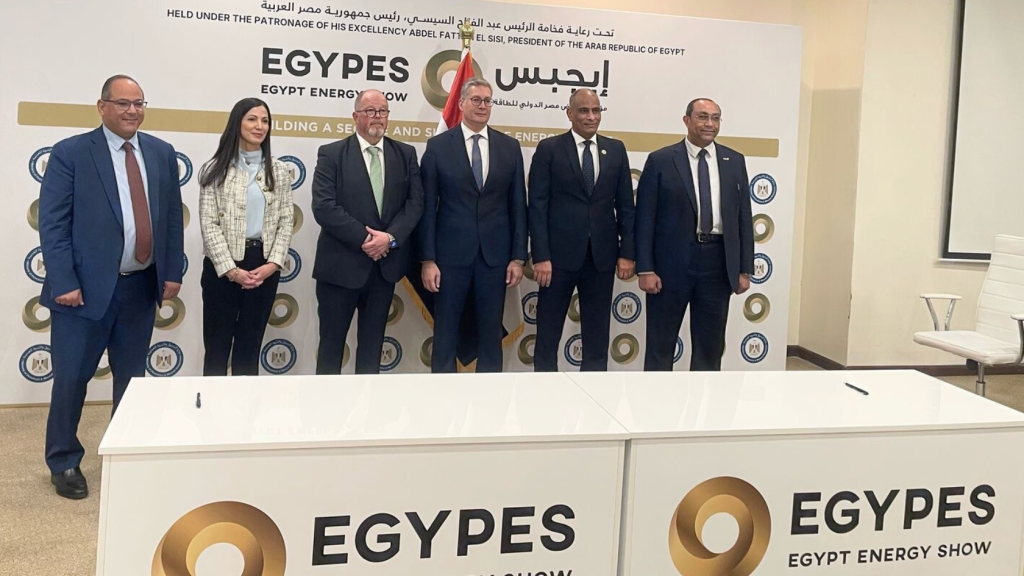Fertilizer International 525 Mar-Apr 2025

18 March 2025
MOPCO invests in carbon capture at Damietta
MOPCO – the Misr Fertilizers Production Company – has selected thyssenkrupp Uhde to supply advanced technology for its Damietta ammonia-urea complex in Egypt.
The aim is to remove up to 145,000 tonnes of CO2 annually from the flue gas of three existing ammonia production plants, by installing thyssenkrupp Uhde’s innovative carbon capture and usage (CCU) technology, and use this for urea production. At the same time, three state-of-the-art uhde® ammonia converter cartridges will
be installed to increase ammonia production capacity, while also lowering natural gas consumption in the synthesis loop by around 10%.
To bring down Damietta’s CO2 emissions even further, additional green hydrogen feedstock will be sourced from new water electrolysis units powered by renewable energy. MOPCO plans to produce up to 150,000 tonnes of green ammonia annually.
Ahmed Mahmoud El-Sayed, MOPCO’s chair, said: “This collaboration with thyssenkrupp Uhde marks a significant step towards our sustainability strategic goals. Their world-leading technologies will not only increase our production capacity but also deliver proof for our commitment to provide more climate-friendly urea and produce green ammonia, where MOPCO will become one of the leaders to produce such products in MENA.”
Nadja Håkansson, thyssenkrupp Uhde’s CEO, added: “We are proud to enable our longstanding partner MOPCO to expand their business towards a greener production through our innovative carbon capture and low-emission ammonia solutions.”
The three ammonia and three urea plants at Damietta were originally built by thyssenkrupp Uhde between 2006 and 2015, each of these having a capacity of approximately 1,200 t/d for ammonia and 2,000 t/d for urea, respectively. The insertion of the three new uhde® ammonia converter cartridges will raise ammonia production capacity at each plant by 150 t/d.
The new cartridges incorporate the latest design principles, such as an axial-radial configuration and removable beds, to boost ammonia production. Additionally, the use of Johnson Matthey’s KATALCOTM 74-1high-performance catalyst will deliver a significant increase in effective catalyst volume. The new cartridges can also be installed in existing pressure shells, enabling the revamp to be carried out with minimal downtime. thyssenkrupp Uhde says it will provide comprehensive services throughout the project’s installation and start-up phases, including the tie-in of the planned green hydrogen supply.
Damietta is Egypt’s largest nitrogen fertilizer complex. It was established in 1998 with one ammonia-urea production train. MOPCO later acquired two more ammonia-urea production trains from the Egyptian Nitrogen Products Company (ENPC) in 2011.




